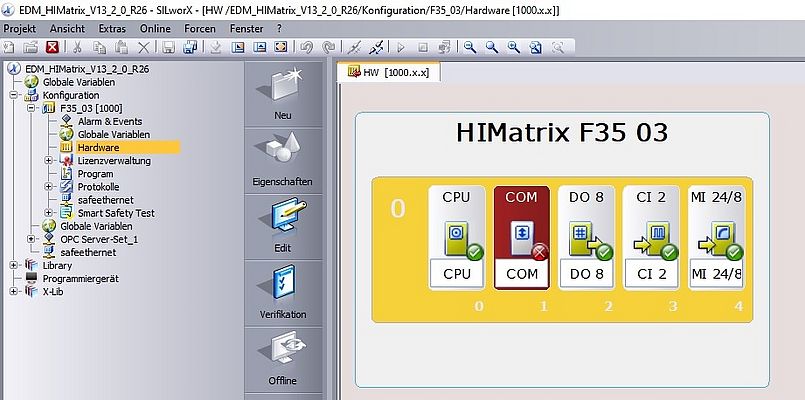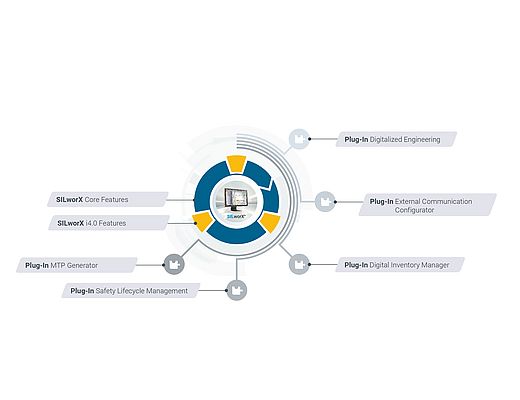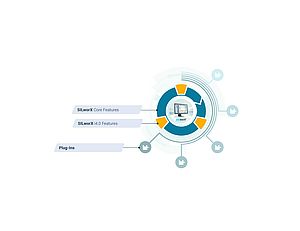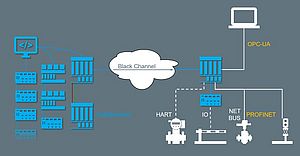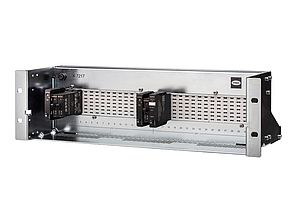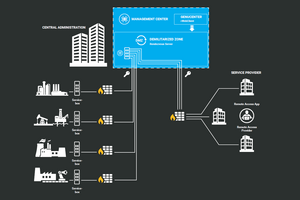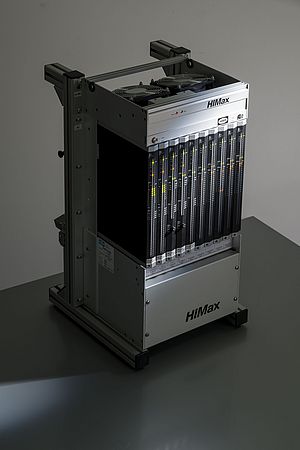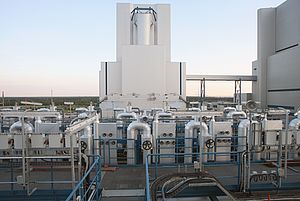Digitalization delivers its full benefits when an increasing number of different technologies are networked with each other. Ideally, you should be able to view plants holistically in all phases of their lifecycle, from planning through construction to commissioning and operation, in order to increase their efficiency throughout their entire life. This is particularly true for complex plants operating in the process industry, and safety plays an essential role in this context. However, the demand for safe and flexible programming solutions tailored to the customer's specific needs often leads to excessively long development cycle times when, for example, lengthy test processes slow down plant engineering. A modular approach provides a valuable solution to address this concern.
It is increasingly complex for plant operators to manage functional safety, which is why HIMA has developed a comprehensive digitalization strategy to support them. Digitalization is not an end in itself; it is an enabler of real added value for customers. The philosophy is to digitize what is needed to enable Digitalization to generate specific and actionable insights.
Safety systems are increasingly becoming data hubs that handle and distribute data in addition to the safety functions that they perform. An independent and open safety platform with a comprehensive security concept enables plant operators to effectively manage change, efficiently engineer, and be confident of end-to-end compliance. Yet because time is money when building new plants, another priority alongside safety is the development of tools that enable efficient planning and programming of safety controllers. SILworX®, a fully integrated, safety-related engineering, programming and diagnostic tool, allows all HIMA controllers and remote I/O systems to be programmed and configured efficiently. Fault diagnostics are also presented via the same intuitive user interface. The tool helps to avoid systematic faults during the development of the application. This, in turn, accelerates engineering. Users can put the safety system into operation earlier and adapt it more quickly and flexibly to meet new requirements.
So far, the tool has focused on the core functions required for configuring, programming and operating safety systems. A significant aspect of this has been the dedicated safety certification of the tool, which has now been significantly expanded in its range of functions.
MODULAR APPROACH BRINGS SAFETY AND FLEXIBILITY
To enable users to create IEC 61511-compliant safety-related automation solutions in conjunction with HIMA's certified safety controllers, SILworX also comes with IEC 61508 certification. However, this also has a flip side. For certification to be granted, all changes to the development and engineering tool must first be checked and certified by an accredited body. This cannot be done overnight. The associated testing and approval processes extend development times. Implementing new functionalities can slow down the overall development, which is not in the interest of the users. Therefore, an alternative solution was developed.
The new approach is modular. Not all functionalities are safety-relevant and require a corresponding certificate. For this reason, SILworX core and SILworX i4.0 features will be considered separately. Core functions will still need and receive all safety certificates, while plug-ins will not. The new version of the programming tool offers an interface that allows users to integrate various (non-safe) plug-ins such as scripts, programs or functions. As a result, SILworX can be flexibly tailored to serve user needs. Ready-to-use plug-ins are offered for typical use cases. The interfaces are also open for users with individual requirements who prefer to design and implement their own plug-ins.
SAFETY CONTROLLERS AS PART OF THE WHOLE
The new SILworX version will be released this year with an interface to integrate nonsafety-related plug-ins into automation projects. A range of plug-ins will be progressively added. Plans for plug-ins include features such as the External Communication Configurator, Digital Inventory Manager, and Digitalized Engineering. The latter aims to help users digitalize the entire engineering process from specification and programming through to verification and validation. Increasing staff shortages coupled with tighter schedules require ever more automated procedures in plant development. This is a problem that this plug-in can help to solve.
To reliably comply with applicable safety regulations, it is also necessary to increasingly digitalize the lifecycle of functional safety. Much work in this area has been done with PDF documents, Excel lists or even paper plans. The Safety Lifecycle Management plug-in digitalizes this process end-to-end, optimizing processes and reducing the costs of functional safety.
A different plug-in meets supports the market trend of modular plant engineering. The Module Type Package (MTP) interface description comes up time and again in industrial circles. MTP enables efficient integration of individual components of different automation systems by describing the process modules in a standard and manufacturer-independent way. The MTP Generator plug-in helps to develop such Module Type Packages in accordance with VDI/VDE/ Namur 2658.
The new range of plug-ins significantly expands the functional scope of safety controllers. Digitalization means that safety controllers will no longer be considered in isolation. Via the plug-in concept, they become the heart of a comprehensive digitalization solution, without letting safety certifications be lost as a result of this flexibility.
NEW APPROACH WITH MANY BENEFITS
While the initial task of SILworX was to translate user-configured functions into specific safety-related machine code and load it into the controller, the functionality of the safety-related engineering tool has expanded significantly from version to version over the years. With the new plug-in concept, users now have access to a range of new functionalities.
Additional functions can be instantly integrated, accelerating time-to-market. Further benefits for users are more flexible programming, increased efficiency, and greater time and cost savings.


